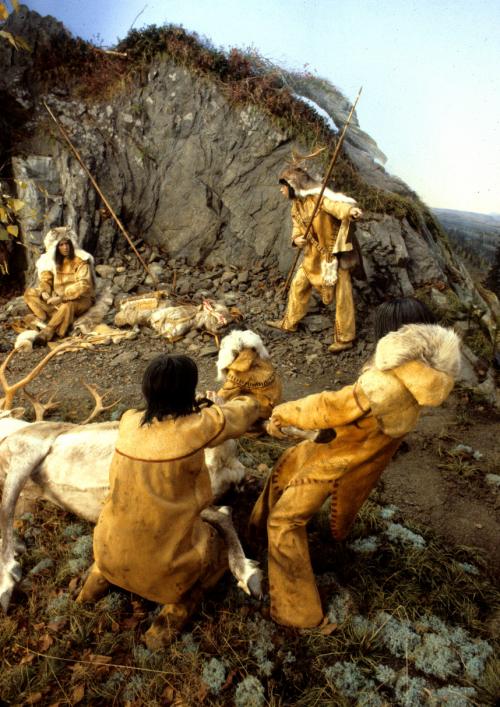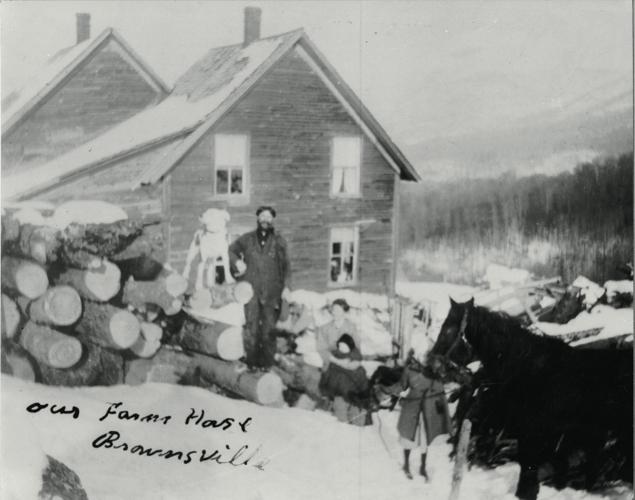Definition of Effects
"Section 106 of the National Historic Preservation Act requires Federal agencies to take into account the effects of their undertakings on historic properties.
- The Section 106 process seeks to accommodate historic preservation concerns with the needs of Federal undertakings through consultation among the agency official and other parties with an interest in the effects of the undertaking on historic properties.
- The goal of consultation is to identify historic properties potentially affected by the undertaking, assess its effects and seek ways to avoid, minimize or mitigate any adverse effects on historic properties (36CFR§800.1(a))."
In other words, if your project involves Federal funding, then you need identify the effects the propose project may have on historic properties in consultation with interested parties, including the State Historic Preservation Office (SHPO).
But what are “effects”?

in the Hudson Valley [1]
- 36 CFR § 800.16(i) defines effect the "alteration to the characteristics of a historic property qualifying it for inclusion in or eligibility for the National Register”.
- So, the question that needs to be answered is, will the proposed project change the property such that it is no longer eligible for listing on the National Register of Historic Places? Follow the link for a definition of eligibility criteria for listing on the National Register of Historic Places.
Effects and the resolution of their impacts are determined in consultation with the SHPO, often with the assistance of a consultant that is hired to make one of three recommendations:
- No Effect – The proposed work will not have an effect on any listed or eligible historic properties.
- No Adverse Effect – The proposed work will have an effect, but that effect will not adversely impact the cultural resource.
- Adverse Effect – The proposed work will have an effect that will adversely impact the cultural resource such that it can no longer be considered eligible for listing on the National Register of Historic Places.
If the proposed project will have No Effect or No Adverse Effect, then the Section 106 consultation process is complete. However, if a recommendation of Adverse Effect is made, then you will need to engage in additional consultation to identify possible ways to avoid or mitigate the adverse effect.

(C.C. Putnam State Forest), early 1900s [2]
The consultation process is typically grouped into one of two frameworks, archaeology or architectural history, otherwise known as, below ground versus above ground resources.
If your project involves ground disturbance, then you may need to hire an archaeological consultant to determine if the project area (the “Area of Potential Effect”) contains any archaeological materials that might be eligible for listing on the National Register. Click here for a link the DHP’s list of archaeologists qualified to work in Vermont. FPR has contracts with seven archaeological consultants to complete work on State Forests and State Parks.
What is the process for consultation on archaeological projects?
If the project involves impacts to a structure, then you may need to hire an architectural historian to determine if the structure you’ll impact is eligible for listing on the National Register. Click here for a link to the DHP’s list of architectural historians qualified to work in Vermont. FPR works with architectural consultants under contract through the Department of Buildings and General Services for projects in State Parks and State Forests.
What is the process for consultation of projects involving above-ground structures?
